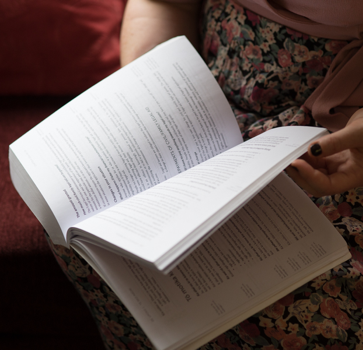Getting protection under the Harassment Act
When a restraining order can be made
How will the judge decide whether to make the Restraining Order?
To be able to make a Restraining Order the judge has to agree that:
- the behaviour amounts to “harassment,” which means a pattern of behaviour of the kind described in the Harassment Act (see: “What counts as ‘harassment’”)
- the behaviour (or the threat of this behaviour) is causing you distress, and it would have the same effect on any reasonable person in your situation, and
- the distress is serious enough to justify the judge making a Restraining Order, and
- the order is necessary to protect you from further harassment.
So, the test for getting a Restraining Order is about the effect of the behaviour on you, the person being harassed – it’s not about what the harasser intended. It’s not necessary for the harasser to have intended to cause you distress – in fact they could even be unaware you find the behaviour distressing.
By contrast, the test for criminal harassment focuses on the harasser’s intention (see: “Going to the police: When the criminal law can help with harassment”).
What kind of proof will the judge need, and how much?
Harassment Act 1997, ss 29, 30
You’ll need to provide the judge with information to prove that you’ve been the victim of harassment and that you need a Restraining Order to protect you. The judge can consider a broad range of evidence, including evidence that wouldn’t normally be allowed in other court cases, if the judge believes it’s in the interests of justice to allow the evidence.
You’ll need to prove that your case is more likely than not to be true (on the “balance of probabilities”).
Note: An application for a Restraining Order is always made “on notice” to the other person (the “respondent”). This means they’re given a copy of the application and affidavit in support and have a chance to defend themself before the court decides whether to grant the Restraining Order.

